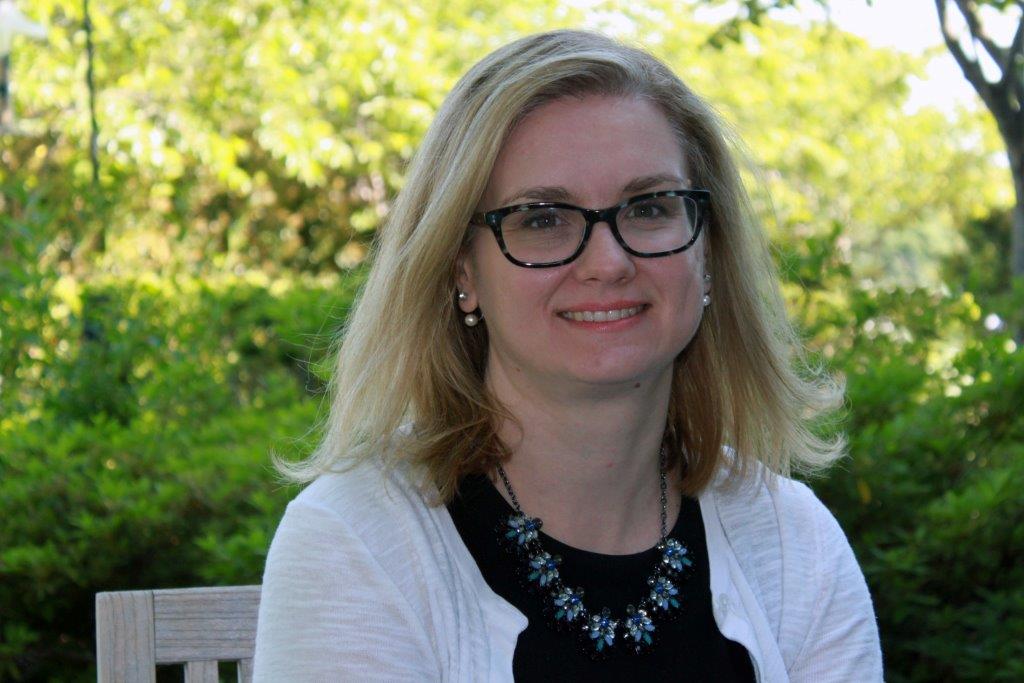
What does it mean to be named an Emerging Leader in Hospice and Palliative Medicine?
I am incredibly honored to be recognized by my colleagues and the Academy. This work takes a village and I am inspired by the dedication and success of those I work alongside every day. I hope that I can be a contributing voice to the future of our field and to models of care to support people with serious illness in their own communities.
Describe how you became interested in hospice and palliative medicine and who/what influenced your work.
When I first began in my internal medicine training, I found myself bemoaning the way our flawed systems repeatedly failed my patients. I was drawn to geriatrics, and later to hospice and palliative care, because of the team approach—the recognition that support from many different perspectives are needed to care for our most frail and tenuous patients. I spent the beginning of my career working with a community-based group providing geriatric care, palliative care and hospice in Baltimore which was the beginning of my education in hospice and palliative care.
I am incredibly lucky to have found my way to this field early in my career and to now work within an organization that continues to strive for innovative ways to increase access to care and support for individuals who are living with a serious illness. My current CEO John Thoma, and CFO, Toni Messler, have been so generous with their knowledge and have consistently supported me in my career and leadership growth. Mentorship from Dr. Martha Twaddle has been invaluable at different decision points along the way to offer wisdom and guidance. Our field is full of generous and collaborative people, and I have leaned on many along the way throughout my career. I have been privileged to work with so many amazing nurses, social workers, chaplains and aides who embody the values of this work that we do. At the end of the day, I am reminded why I do this work by my patients and families who always have been my greatest teachers.
What is your vision for the future of hospice and palliative medicine?
This is a unique time in healthcare, one where health systems are realizing that there might be a better way than the status quo to care for the sickest in our society. We know that people want to be cared for in their homes, and hospice and palliative care providers have the expertise to provide this care in the highest quality way. Hospice, the longstanding gold standard model of palliative care at the end of life, can meet the needs of many patients and families at the end of life, but as treatments and payment models change this model itself needs to adapt and grow. We have seen significant progress toward the realization of an alternative payment model for palliative care and there is increasing recognition of the benefit of palliative care within the value-based system framework. However, there is so much more work to be done. Our health system is not designed for the elderly or the frail nor for caregivers who are increasingly caring for children and elderly parents simultaneously. And yet we place so much of the burden on family caregivers to pull the weight of this system that does not meet the needs of the growing population of chronically ill and frail elders. There is an urgent need to look for sustainable community-based solutions. People want accessible care that incorporates their own beliefs and values. My hope is that 10 years from now, everyone will have access to excellent home-based, person-centered palliative care and won’t be forced to first go through the ‘hamster wheel’ of our health care system to justify that support.
